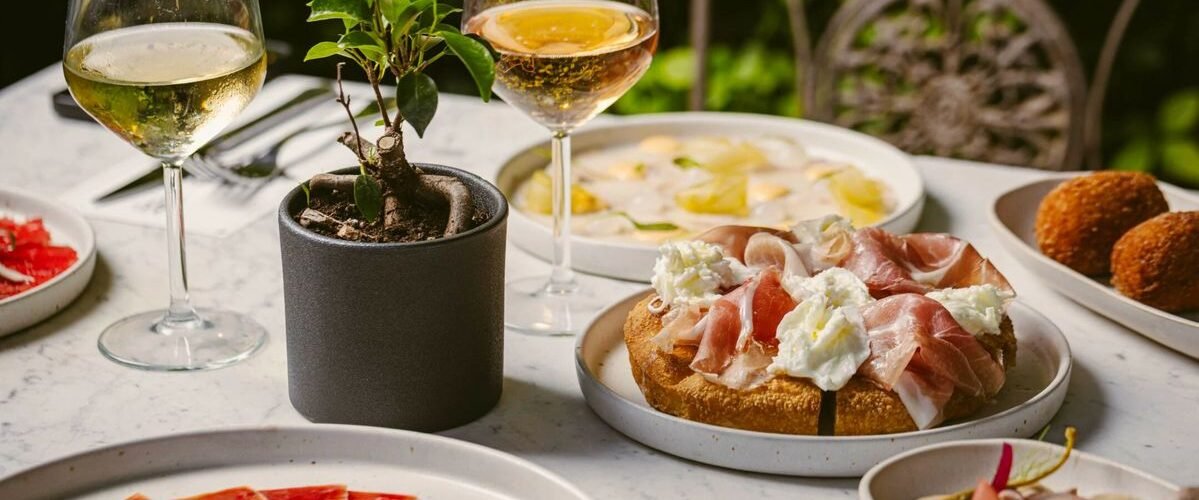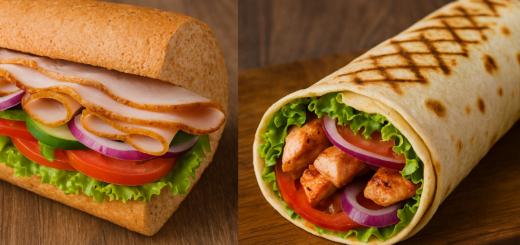Top Michelin-Star Restaurants in Asia

Asia’s culinary scene thrives with innovation, heritage, and artistry. Michelin-star restaurants across the continent deliver unforgettable dining experiences, blending local traditions with global influences. Food lovers travel thousands of miles to taste dishes crafted by visionary chefs. From Tokyo’s precise sushi craftsmanship to Bangkok’s bold street-inspired flavors, Asia offers a diverse and thrilling fine-dining journey.
Here’s a look at the top 10 Michelin-star restaurants in Asia that set global benchmarks for excellence.
1. Sukiyabashi Jiro, Tokyo, Japan
Sukiyabashi Jiro holds legendary status among sushi lovers. Chef Jiro Ono, now an icon in the culinary world, crafts each piece of sushi with precision, speed, and decades of skill. The restaurant offers a minimalist 10-seat setting, allowing guests to focus entirely on the sushi’s texture, temperature, and balance. Diners savor perfectly seasoned rice, fresh seafood from Tsukiji Market, and flavors that define authentic Edomae sushi. Reservations require months of planning, but the reward justifies the wait.
2. Gaggan Anand, Bangkok, Thailand
Gaggan Anand’s restaurant revolutionizes Indian cuisine with molecular gastronomy. The chef presents a 25-course emoji menu that sparks curiosity before each dish arrives. Flavors from India blend with Thai ingredients and international techniques, creating playful yet deeply satisfying plates. The intimate, modern space encourages conversation and excitement. Every visit feels like a theatrical experience, with dishes that surprise the senses and challenge expectations.
3. Odette, Singapore
Odette, led by Chef Julien Royer, combines modern French techniques with Asian influences. Located at the National Gallery Singapore, the restaurant delivers elegance from its pastel-hued interiors to its artfully plated dishes. Chef Royer sources seasonal produce from around the world, ensuring each plate bursts with flavor and freshness. Signature creations like the Hokkaido Uni tart and pigeon breast with foie gras showcase technical mastery and creative vision.
4. Amber, Hong Kong
Amber, inside The Landmark Mandarin Oriental, redefines contemporary French cuisine under Chef Richard Ekkebus. The restaurant uses natural, sustainable ingredients while minimizing dairy and refined sugar. The tasting menu flows seamlessly from delicate seafood starters to hearty mains and refined desserts. Amber’s wine list, featuring over 1,000 labels, complements the dishes perfectly. The serene, gold-toned dining room enhances the luxurious experience.
5. Den, Tokyo, Japan
Den, helmed by Chef Zaiyu Hasegawa, brings warmth and humor to fine dining. The restaurant offers kaiseki cuisine with a playful twist, often incorporating unexpected elements like fried chicken or whimsical plating. Chef Hasegawa interacts with diners, making the experience personal and relaxed. Seasonal Japanese ingredients take center stage, and the presentation reflects both artistry and joy. Den’s balance of tradition and originality keeps it among Asia’s most celebrated restaurants.
6. Sorn, Bangkok, Thailand
Sorn focuses on Southern Thai cuisine, delivering bold flavors and deep cultural roots. Chefs Supaksorn Jongsiri and Yod U-Pumpruk source ingredients directly from local farmers and fishermen. The menu highlights slow-cooked curries, rare herbs, and traditional cooking methods. Each course tells a story about Southern Thailand’s landscapes and traditions. The two-story colonial house setting adds charm, making the dining experience both intimate and immersive.
7. The Chairman, Hong Kong
The Chairman stands out for its dedication to authentic Cantonese cuisine. Chef Kwok Keung Tung works with small-scale local producers to source fresh seafood, organic vegetables, and artisanal condiments. Signature dishes like steamed flowery crab with Shaoxing wine and chicken oil capture the essence of refined Cantonese cooking. The restaurant avoids heavy seasoning, letting the natural flavors shine. Diners appreciate both the purity of taste and the graceful presentation.
8. Les Amis, Singapore
Les Amis delivers French haute cuisine in the heart of Singapore. Executive Chef Sebastien Lepinoy creates tasting menus that celebrate the finest ingredients, from Brittany lobsters to Alba white truffles. The dining room exudes sophistication, with crystal chandeliers and impeccable service. Les Amis’ award-winning wine cellar holds over 3,000 labels, offering pairings for every dish. Guests leave with a sense of having experienced French gastronomy at its highest level.
9. Ultraviolet by Paul Pairet, Shanghai, China
Ultraviolet offers one of the most immersive dining experiences in the world. The restaurant seats only 10 guests at a time, surrounding them with 360-degree visuals, sounds, and scents tailored to each course. Chef Paul Pairet crafts avant-garde dishes that engage all five senses. Menus change seasonally, blending French techniques with global flavors. Dining here feels like stepping into a multi-sensory art installation where food plays the lead role.
10. Mume, Taipei, Taiwan
Mume showcases modern Nordic cuisine with Taiwanese ingredients. Chefs Richie Lin, Kai Ward, and Long Xiong work together to create dishes that highlight local produce and sustainable farming. The minimalist, nature-inspired interior matches the clean, vibrant flavors on the plate. Mume’s signature beef with fermented cabbage and herbs captures its philosophy of balancing boldness with elegance. The restaurant’s approach reflects both innovation and respect for Taiwan’s agricultural heritage.
Why Michelin-Star Dining in Asia Stands Out
Asia’s Michelin-star restaurants excel because chefs embrace both heritage and innovation. They source the freshest local ingredients, respect traditional methods, and yet push boundaries with creativity. Many chefs maintain direct relationships with farmers, fishermen, and artisans, ensuring the highest quality. Diners enjoy menus that not only satisfy the palate but also tell stories about culture, seasonality, and personal vision.
Tips for Dining at Michelin-Star Restaurants in Asia
- Plan ahead – Popular restaurants often require reservations months in advance.
- Dress appropriately – Many venues enforce formal or smart casual dress codes.
- Be open-minded – Some dishes may challenge your expectations, so embrace the experience.
- Ask questions – Chefs and servers often enjoy explaining the inspiration behind each dish.
- Pair with wine or tea – Expertly curated pairings enhance flavors and create balance.
Final Thoughts
Michelin-star restaurants in Asia offer far more than exquisite food. They deliver immersive experiences that blend art, culture, and passion. Each restaurant on this list reflects the chef’s dedication to perfection, respect for ingredients, and desire to create memories for every guest. Whether you crave the elegance of French cuisine in Singapore, the tradition of Cantonese dishes in Hong Kong, or the playful creativity of modern Japanese kaiseki in Tokyo, Asia’s Michelin-star scene promises journeys worth taking.













